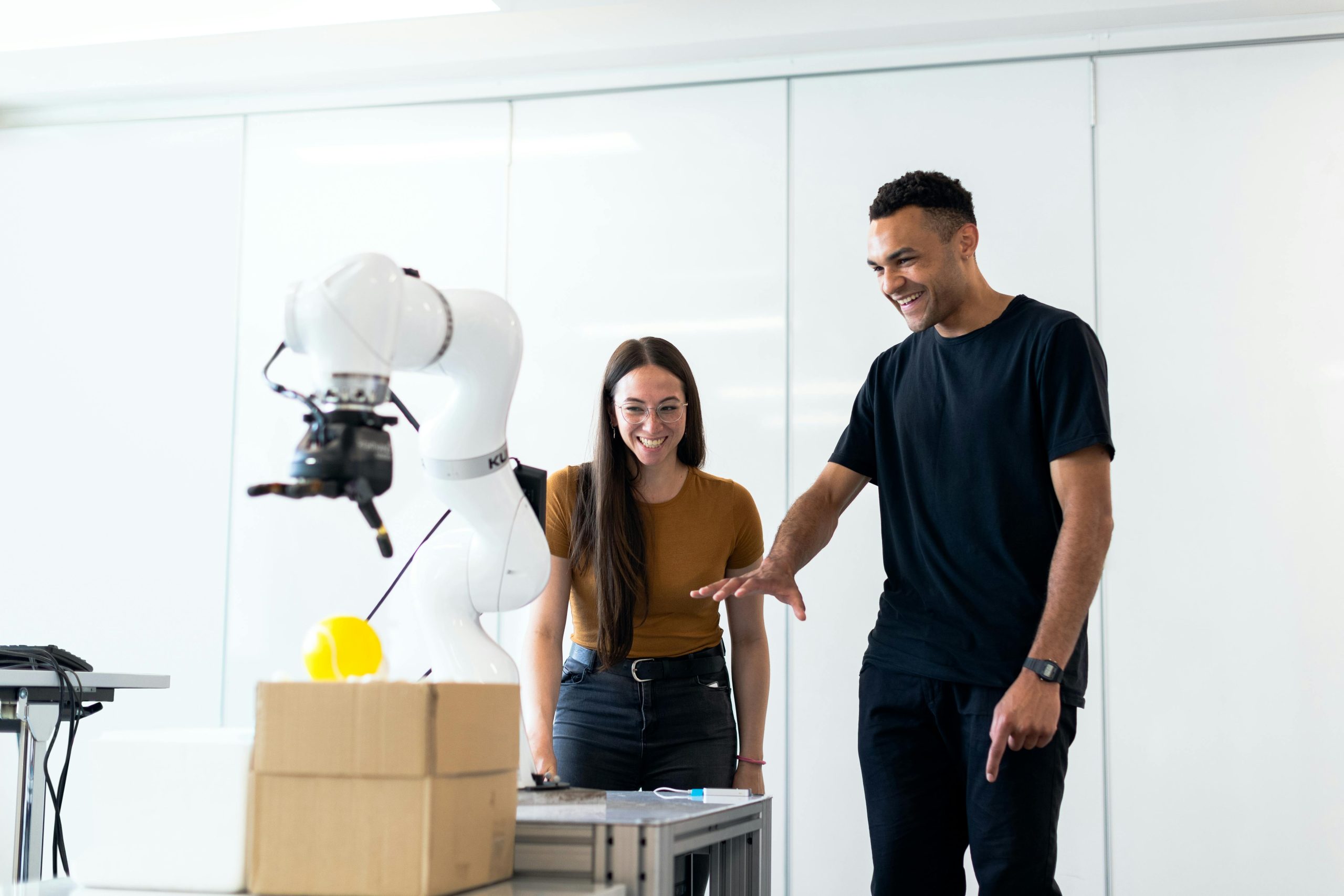Loneliness and social isolation are pressing issues that many elderly people face, and the SARS pandemic has only exacerbated these problems. One potential solution is the use of social robots. These are robots designed to interact with humans in a socially engaging manner. They can offer companionship, provide health care assistance, and help older adults in various ways. But can these robots truly help curb loneliness among the elderly? In this article, we’ll delve into the subject and explore the potential of social robots.
The Context: Loneliness among the Elderly
Loneliness among older adults is a widespread issue with severe health consequences. The U.S. Health Resources and Services Administration reports that social isolation and loneliness in older adults are associated with a 50% increased risk of developing dementia, a 29% increased risk of heart disease, and a 32% increased risk of stroke.
A lire aussi : What Is the Impact of 3D Printing Technology on Custom Prosthetics and Patient Recovery Times?
Social robots could present a potential solution to this problem. These robots, often designed to appear friendly and approachable, can interact with their human users in various ways. They can carry conversations, recognize and respond to human emotions, remind users of their medication and appointments, and even provide entertainment through games or storytelling.
The Promise of Social Robots
Social robots show great potential, not just as tools for entertainment, but as genuine companions for older adults. Various studies have shown that interaction with social robots can bring about positive emotional responses. In a study by the University of California, San Francisco, participants reported feeling less lonely after interacting with a social robot for eight weeks.
A découvrir également : Can Regular Involvement in Extreme Sports Like Rock Climbing Improve Psychological Resilience?
But these robots also extend beyond companionship. They can help with health management by reminding older adults to take their medication or perform exercises. These functions are particularly useful for individuals with cognitive impairments, who may struggle to remember such tasks.
User Acceptance and Engagement
Despite the potential benefits, the success of social robots heavily depends on user acceptance. Elderly individuals who are not used to modern technology may find it difficult to interact with a robot.
However, certain strategies can help bridge this gap. For instance, making the robots more user-friendly and intuitive can allow older adults to easily operate them. Training sessions can also be arranged to familiarize users with the robot’s functions.
Additionally, the physical appearance of the robot plays a significant role in user acceptance. Robots that look too mechanical may come off as cold and uninviting. On the other hand, robots that look overly human might trigger a feeling of unease. The key is to strike a balance, creating robots that look friendly and approachable without appearing too human-like.
The Role of Caregivers
While social robots can provide companionship and aid in health management, they are not designed to replace human caregivers. Instead, they should be viewed as tools that can complement the care provided by humans.
For instance, caregivers often have to juggle numerous responsibilities, which can lead to stress and burnout. Robots can take over some of these tasks, giving caregivers more time to focus on other aspects of care that require human touch and empathy.
Moreover, robots can provide constant companionship, something that human caregivers may not be able to. They can be there for the elderly at any time of the day, offering comfort and reducing feelings of loneliness and isolation.
Looking into the Future
Looking into the future, the role of social robots in elder care is likely to grow. As technology advances, these robots will become more intelligent and capable, making them even more useful in assisting older adults.
However, there are still challenges that need to be addressed. Ensuring user acceptance, improving robot-human interaction, and addressing ethical issues are all vital for the successful integration of robots into elder care.
In conclusion, social robots hold significant potential in reducing loneliness among the elderly population. If properly programmed and used in conjunction with human caregivers, they can make a positive difference in the lives of many older adults. While challenges remain, the future of social robots in elder care looks promising.
Remember, robots are not here to replace humans, but to compliment and aid them in their tasks. Social robots are indeed, a potential game-changer in elder care, making the lives of older adults and their caregivers easier, healthier, and happier.
The Impact of COVID-19 and the Role of Social Robots
The COVID-19 pandemic has amplified the issues of loneliness and social isolation among older adults. With social distancing measures and lockdowns in place, many elderly individuals have been cut off from their usual support networks, leading to elevated levels of loneliness and mental distress.
In this context, social robots can provide a valuable source of companionship, emotional support, and routine. They can engage the elderly in social interaction, stimulate their cognitive functions through games and activities, and provide comfort during these challenging times.
Studies have shown that social robots can improve the mood and emotional well-being of older adults. According to a Google Scholar search, a significant number of studies suggest a positive correlation between the use of social robots and improved emotional health in older adults. Furthermore, social robots can bridge the gap created by social distancing measures, providing the social interaction that older adults desperately need.
However, the long-term impact of using social robots is still under investigation. While short-term studies show promising results, more longitudinal research is required to understand how these robots affect the emotional well-being of elderly individuals over a prolonged period.
Despite their potential, social robots are not a one-size-fits-all solution. Different individuals have different needs, and the design and programming of social robots should take this into consideration. Future studies need to explore how to best tailor these robots to the individual needs of older adults and how to integrate them into existing elder care systems.
The Ethics and Future of Social Robots in Elderly Care
While the potential of social robots in elderly care is undeniable, it’s essential to address the ethical issues surrounding their use. These include privacy concerns, the potential for emotional manipulation, and the risk of replacing human contact.
Privacy is a critical concern as social robots can collect, store, and analyze personal data. Strong regulations need to be put in place to ensure the privacy and safety of older adults. Emotional manipulation is another concern. While social robots can provide emotional support, it’s important to ensure that they don’t exploit the emotional vulnerability of older adults.
Furthermore, while they can help reduce loneliness, social robots should not replace human contact. Loneliness is a complex issue that requires a multi-faceted approach. The use of social robots should be part of a broader strategy that includes promoting social activities, improving mental health support, and fostering community connections.
To conclude, social robots offer an innovative solution to alleviate loneliness among the elderly, particularly in the wake of the Covid pandemic. They can provide companionship, assist with health management, and offer emotional support. However, the long-term impact and ethical implications of their use need to be carefully considered.
The future of social robots in elderly care looks promising, and with advancements in technology, their capabilities will continue to improve. It’s crucial, however, not to lose sight of the human aspect of elderly care. After all, robots can supplement but never replace the warmth, empathy, and care only humans can provide.
In the words of Sherry Turkle, a prominent researcher in the field of technology and human interaction, "We don’t need robots to make us feel less lonely. We need to feel more connected to the world of people around us." Social robots, if used wisely, can indeed play a role in fostering this connection.






